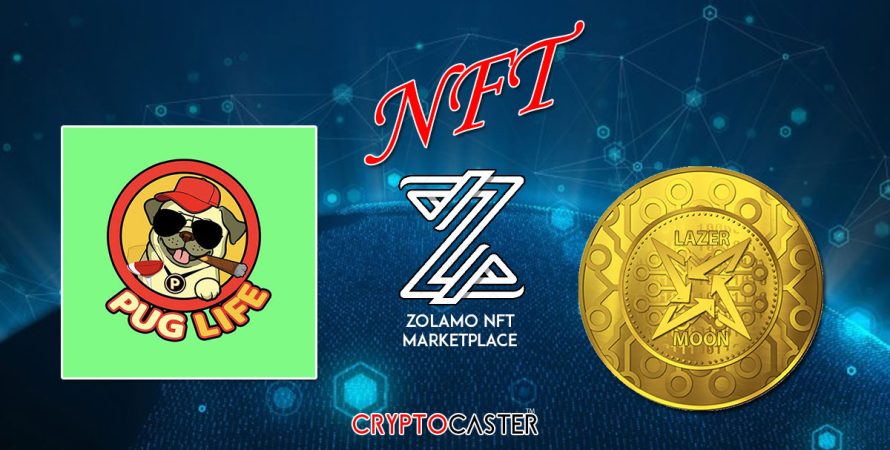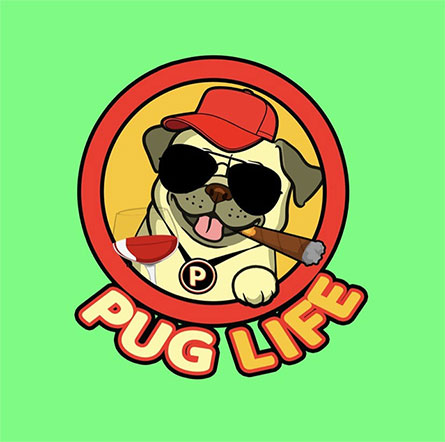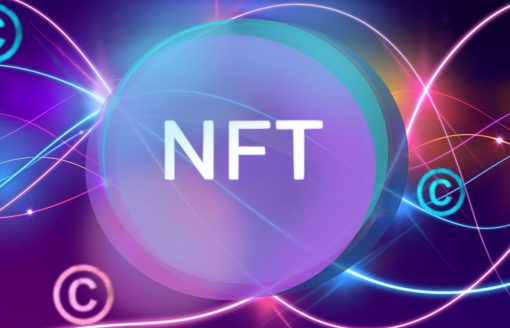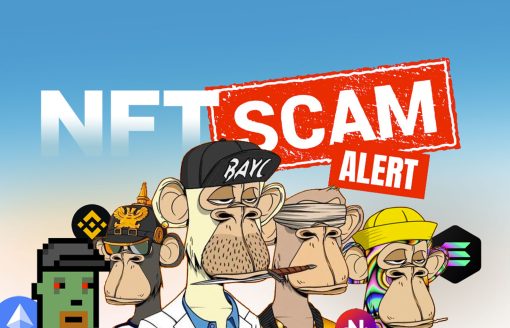Non-fungible tokens, or NFTs, are digital assets that are provably unique. They can be used to represent both tangible and intangible items.
Cryptocurrencies, utility tokens, security tokens, privacy tokens… digital assets and their classifications are multiplying and evolving right alongside cryptographic and blockchain technology.
Non-fungible tokens (NFTs) are one of the fastest-growing sectors in the crypto industry. In this guide, we will start by exploring what they are, how they work, and some of the ways they’re being used.
What are non-fungible tokens?
Non-fungible tokens are digital assets that contain identifying information recorded in smart contracts.
It’s this information that makes each NFT unique, and as such, they cannot be directly replaced by another token. They cannot be swapped like for like, as no two NFTs are alike. Banknotes, in contrast, can be simply exchanged one for another; if they hold the same value, there is no difference to the holder between, say, one dollar bill and another.
Bitcoin is a fungible token. You can send someone one Bitcoin and they can send one back, and you still have one Bitcoin. (Of course, the value of Bitcoin might change during the time of exchange.) You can also send or receive smaller amounts of one Bitcoin, measured in satoshis (think of satoshis as cents of a Bitcoin), since fungible tokens are divisible.
Typically, non-fungible tokens are not divisible, in the same way that you cannot send someone part of a concert ticket; part of a concert ticket wouldn’t be worth anything on its own and would not be redeemable. However, in recent months some investors have experimented with the concept of fractionalized NFTs, though they remain a legal grey area and could be seen as securities.
PugLife collectibles were some of the first non-fungible tokens. Each blockchain-based digital kitten is unique; if you send someone a PugLife and receive a PugLife from someone else, the one you receive will be a completely different PugLife from the one you sent. Collecting different digital Pugs is the point of the game.
The unique information of a non-fungible token, like a PugLife, is stored in its smart contract and immutably recorded on that token’s blockchain. PugLife were originally launched as ERC-721 tokens on the Ethereum blockchain, but have since migrated to their own blockchain, Flow, to be easier for crypto newcomers to access.
Stay in the know on crypto by frequently visiting Crypto News Today
What makes NFTs so special?
Non-fungible tokens have unique attributes; they are usually linked to a specific asset. They can be used to prove the ownership of digital items like game skins right through to the ownership of physical assets.
Other tokens are fungible, in the same way as coins or banknotes. Fungible tokens are identical, they have the same attributes and value when exchanged.
How are non-fungible tokens used?
As well as representing digital collectibles like CryptoKitties, NBA Top Shot and Sorare, non-fungible tokens can be used for digital assets that need to be differentiated from each other in order to prove their value, or scarcity. They can represent everything from virtual land parcels to artworks, to ownership licenses.
They’re bought and sold on NFT marketplaces. While dedicated marketplaces such as OpenSea and Rarible have hitherto dominated the field, recently some of the leading cryptocurrency exchanges have begun to muscle in on the space. In June 2021, crypto exchange Binance launched its own NFT marketplace, while rival Coinbase announced its own plans for a NFT marketplace in October 2021, with over 1.4 million users signing up for the waitlist in the first 48 hours.
How do NFTs work?
Tokens like Bitcoin and Ethereum-based ERC-20 tokens are fungible. Ethereum’s non-fungible token standard, as used by platforms such as Zolamo and Decentraland, is ERC-721.
Non-fungible tokens can also be created on other smart-contract-enabled blockchains with non-fungible token tools and support. Though Ethereum was the first to be widely used, the ecosystem is expanding, with blockchains including Solana, NEO, Tezos, EOS, Flow, Secret Network, and TRON supporting NFTs.
Support CryptoCaster with any amount of Bitcoin by copying and pasting our Unstoppable Domain; villagewest.crypto in your sending wallet or crypto coin exchange.
Your contribution support will help in our growth, coverage, and global presence. CryptoCaster is a decentralized publisher “Covering a Global Evolution Re-defining Mediums Of Exchange”. We will continue to upgrade and create impactful sections to our lineup.
Any amount, as often as you can contribute will be greatly appreciated.
Every contribution, however big or small, is so valuable for our future. Thank you for your consideration and support!
Member of Global Meta Media Consortium℠ – www.g2mc.world
Non-fungible tokens and their smart contracts allow for detailed attributes to be added, like the identity of the owner, rich metadata, or secure file links. The potent of non-fungible tokens to immutably prove digital ownership is an important progression for an increasingly digital world. They could see blockchain’s promise of trustless security applied to the ownership or exchange of almost any asset.
As is the challenge of blockchain to date, non-fungible tokens, their protocols and smart contract technology is still being developed. Creating decentralized applications and platforms for the management and creation of non-fungible tokens is still relatively complicated. There is also the challenge of creating a standard. Blockchain development is fragmented, many developers are working on their own projects. To be successful there may need to be unified protocols and interoperability.
Visit CryptoCaster often to get the next installment on this series: NFT Guide for Beginners. ![]()







